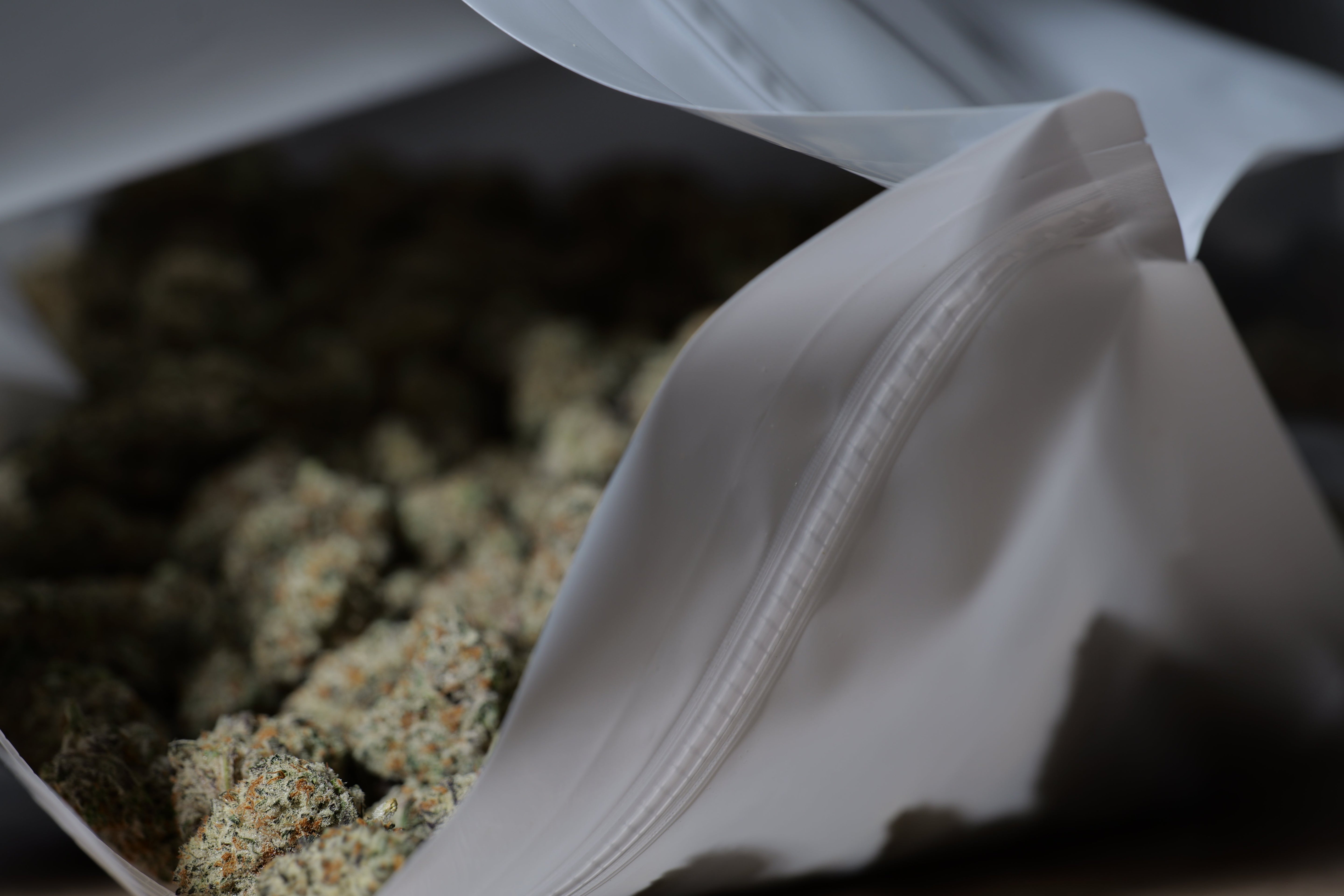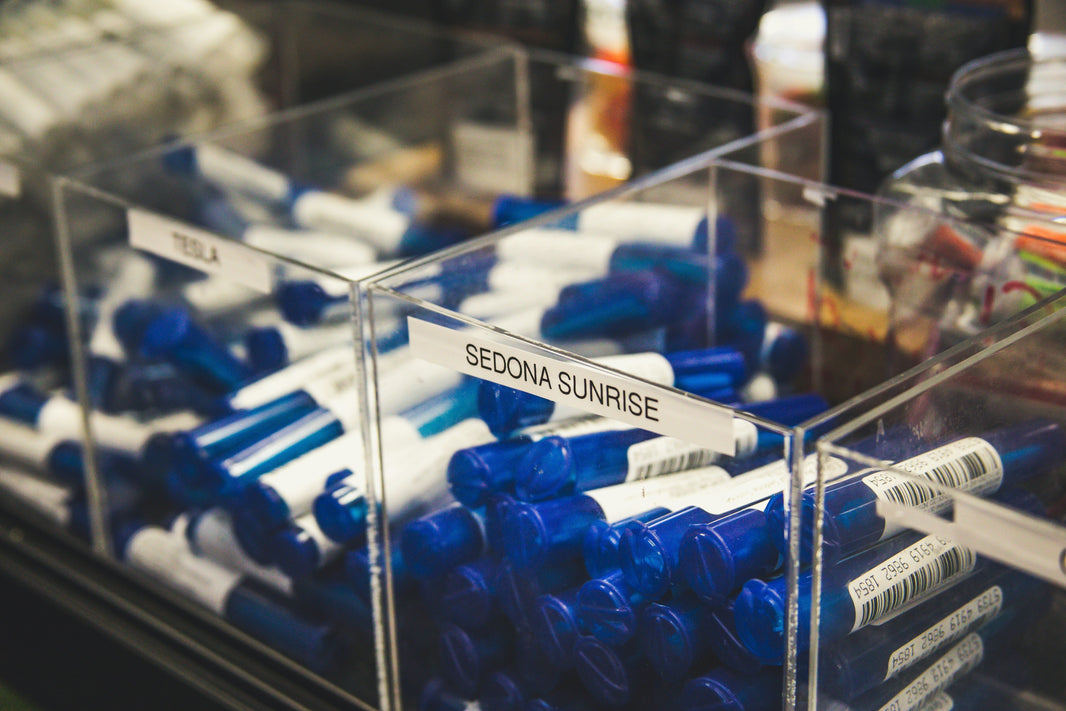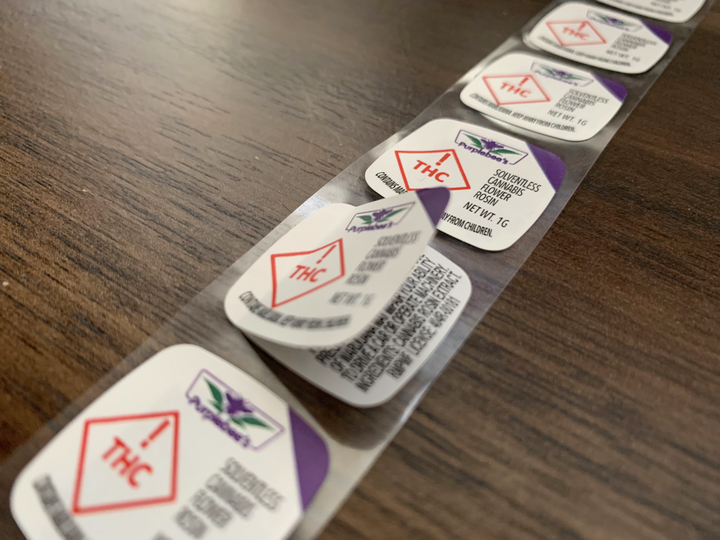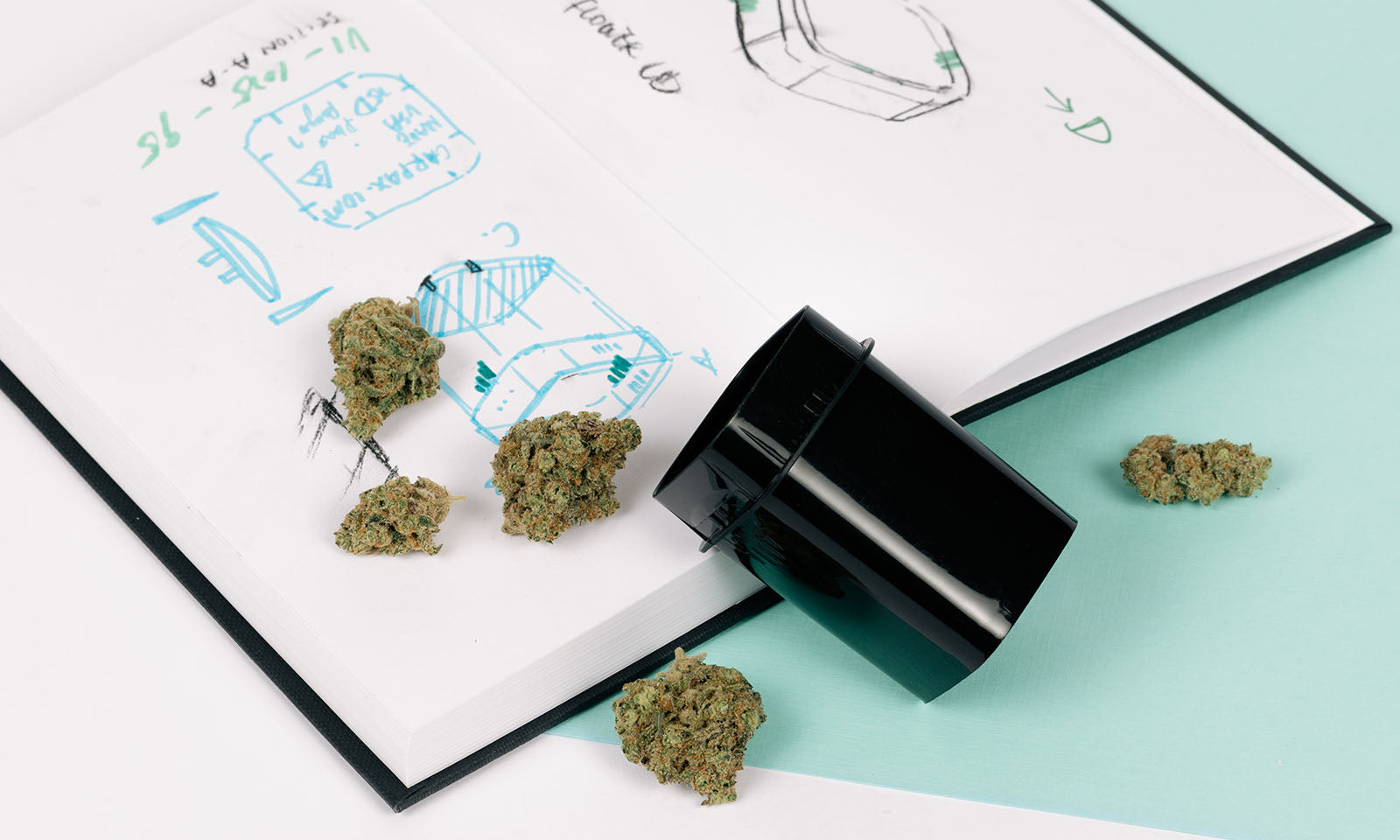Curing weed refers to the process of drying and aging cannabis flowers after harvesting. This step allows the plant to develop its full flavor profile and potency while reducing harshness. The primary goal of curing is to preserve terpenes and cannabinoids, ensuring a smooth and enjoyable experience for consumers.
The Importance of Terpenes and Cannabinoids
Terpenes are the aromatic compounds that give cannabis its distinct smell and flavor. They also have therapeutic properties that can enhance the effects of cannabinoids. By curing cannabis properly, you ensure that these delicate compounds are preserved, leading to a more flavorful and potent product. Cannabinoids, such as THC and CBD, also benefit from curing as their active forms are enhanced, providing the desired effects more efficiently.
How Curing Affects Potency
During the curing process, a significant transformation occurs where THCA, a non-psychoactive compound, converts into THC, the compound responsible for the psychoactive effects. Proper curing techniques ensure that this conversion happens efficiently, maximizing the potency of your cannabis. This transformation is crucial for cultivators aiming to produce high-quality, high-potency products.
Flavor Development During Curing
Curing cannabis allows for the breakdown of unwanted compounds like chlorophyll, which can impart a grassy taste if not adequately removed. As chlorophyll breaks down, the natural flavors of the terpenes become more pronounced, resulting in a smoother, more enjoyable smoking experience. This flavor development process is essential for creating a product that stands out in the competitive cannabis market.
The Science Behind Curing Cannabis
During the curing process, several chemical changes occur within the plant material. The breakdown of sugars and chlorophyll continues, reducing the harshness of the smoke. Terpenes, which contribute to the plant's aroma and flavor, are preserved and even enhanced when cured correctly.
Chemical Changes During Curing
The curing process involves a complex series of chemical reactions. Sugars and chlorophyll breakdown, reducing harshness and bitterness. At the same time, enzymes within the plant material continue to work, transforming compounds like THCA into THC. This slow, controlled process is essential for achieving a smooth, potent final product.
Preservation and Enhancement of Terpenes
Terpenes are highly volatile compounds, meaning they can easily evaporate if not handled correctly. The curing process helps preserve these compounds by maintaining optimal humidity and temperature levels. Properly cured cannabis not only retains its terpenes but can also enhance their expression, leading to a richer and more complex aroma profile.
Impact on Overall Cannabis Quality
The curing process directly impacts the overall quality of cannabis. Proper curing leads to a product that is not only potent and flavorful but also smooth to smoke. By understanding the science behind curing, cultivators can make informed decisions that enhance the quality of their harvests, ensuring a superior product for consumers.
Essential Tips for Curing Cannabis
1. Harvest at the Right Time
The curing process begins with the harvest. Ensure you harvest your cannabis plants at their peak maturity. Look for cloudy trichomes with a hint of amber for the best results. Harvesting too early or too late can affect the potency and flavor of your final product.
Understanding Trichome Maturity
Trichomes are the resin glands of the cannabis plant, where cannabinoids and terpenes are produced and stored. Monitoring trichome development is crucial for determining the optimal harvest time. Trichomes that appear cloudy with a slight amber hue indicate peak maturity, ensuring maximum potency and flavor in the final product.
The Consequences of Early or Late Harvest
Harvesting too early can lead to underdeveloped cannabinoids and a lack of flavor. Conversely, harvesting too late can result in the degradation of THC into CBN, a less desirable cannabinoid that can impart sedative effects. Timing your harvest correctly is key to achieving the desired potency and effects.
Tools for Accurate Harvest Timing
Investing in a magnifying tool, such as a jeweler's loupe or a digital microscope, can help you accurately assess trichome maturity. These tools allow you to closely inspect trichome color and clarity, ensuring you harvest at the optimal time for curing.
2. Drying is the First Step
Before you can cure cannabis, it needs to be dried properly. Hang your plants upside down in a dark, well-ventilated room with a temperature of 60-70°F (15-21°C) and a humidity level of 45-55%. This stage typically lasts about 7-14 days. The slow drying process is crucial for preserving terpenes and cannabinoids.
The Importance of Slow Drying
A slow and controlled drying process is vital for preserving the delicate terpenes and cannabinoids in cannabis. Rapid drying can lead to terpene loss and an uneven cure, resulting in a harsh final product. By maintaining a stable environment, you ensure a gradual drying process that retains the plant's natural qualities.
Ideal Environmental Conditions for Drying
Creating the perfect drying environment involves controlling both temperature and humidity. A cool, dark room with adequate airflow is ideal. Too much light or heat can degrade the plant material, while insufficient airflow can promote mold growth. Monitoring these conditions ensures a successful drying stage.
Signs of Properly Dried Cannabis
Properly dried cannabis should feel dry to the touch but not brittle. The stems should snap rather than bend, indicating that the moisture content is low enough to prevent mold but sufficient to transition to the curing stage. Recognizing these signs ensures that your cannabis is ready for the next step in the curing process.
3. Trim Before Curing
Once your cannabis is dried, trim the buds to remove excess leaves. Trimming not only improves the appearance but also reduces the risk of mold during the curing process. Be gentle to avoid damaging the delicate trichomes on the buds.
Enhancing Aesthetic Appeal
Trimming your cannabis buds improves their visual appeal, making them more attractive to consumers. By carefully removing excess leaves, you highlight the resinous buds, showcasing their quality and craftsmanship. This attention to detail can significantly impact your product's marketability.
Reducing Mold Risk
Leaves can trap moisture, increasing the risk of mold during curing. By trimming away excess foliage, you improve airflow around the buds, reducing this risk. This step is crucial for ensuring a safe and high-quality product.
Techniques for Effective Trimming
Using sharp, clean scissors, gently trim away excess leaves without disturbing the trichomes. Consider using a trim tray to collect any fallen trichomes, which can be used to create concentrates or edibles. Taking your time with this step ensures a clean, professional finish.
4. Ensuring Optimal Storage Conditions
Place your flower in a cool, dark place to further protect the cannabis from light and heat. Regularly check for signs of mold or moisture imbalance, addressing any issues promptly. This proactive approach ensures the integrity of your curing process.
5. Monitor Humidity Levels
During curing, maintaining the right humidity level is crucial. Aim for a humidity level of 55-65%. Use hygrometers to monitor the humidity. If the humidity is too high, mold can develop. If it's too low, your cannabis may become too dry, losing potency and flavor.
The Role of Hygrometers
Hygrometers are essential tools for monitoring humidity levels during curing. By providing accurate and real-time data, they allow you to make necessary adjustments to maintain optimal conditions. Investing in quality hygrometers ensures precise control over the curing environment.
Impact of Humidity on Quality
Proper humidity control prevents mold growth and preserves terpenes, ensuring a flavorful and safe product. Consistent monitoring and adjustments are key to achieving the desired flavor, aroma, and potency in your final product. This attention to detail sets your cannabis apart from others.
6. Be Patient
Curing cannabis is not a process to be rushed. A proper cure can take anywhere from 2 weeks to 2 months, depending on your preference and desired outcome. The longer the curing process, the more complex and smooth the flavor and effects will be.
Understanding the Timeline
While it can be tempting to rush the curing process, patience is key to achieving the best results. The timeline for curing varies depending on factors like strain and desired effects, but allowing ample time ensures a superior product. This patience pays off in the final quality.
Benefits of Extended Curing
Longer curing times allow for more complex flavor and aroma development. As the cannabis ages, the terpenes and cannabinoids continue to evolve, enhancing the overall experience. This complexity sets your product apart, offering consumers a unique and satisfying experience.
Balancing Patience with Market Demands
While extended curing improves quality, it's essential to balance this with market demands and production schedules. By planning your harvest and curing timelines effectively, you can meet consumer needs without compromising on quality. This strategic approach ensures long-term success.
Common Mistakes to Avoid
- Skipping the Drying Process: Directly curing wet cannabis can lead to mold and poor quality.
- Overloading Containers: Leave some space in your storage solution post-dry to allow for proper airflow and even curing.
- Ignoring Temperature: High temperatures can degrade terpenes and cannabinoids, reducing the quality of your final product.
Skipping the Drying Process
Skipping the drying process can have disastrous effects on your cannabis. Wet cannabis is prone to mold, which can ruin entire batches. Ensuring a thorough and controlled drying phase is essential for preserving quality and preventing spoilage.
Consequences of Wet Curing
Attempting to cure wet cannabis leads to mold growth and compromised quality. The moisture creates an environment conducive to microbial activity, resulting in a product that is unsafe and unpleasant. Avoiding this mistake is crucial for maintaining product integrity.
Ensuring a Complete Dry
Before moving to the curing stage, verify that your cannabis is thoroughly dried. Checking the moisture content and performing the snap test on stems are effective ways to confirm readiness. This diligence protects your product from potential pitfalls.
Overloading Storage Solution
Overloading limits airflow and can impede the curing process. Proper airflow is necessary for an even cure, ensuring that all buds are exposed to the same conditions. By leaving space in your storage solution, you promote a balanced and effective curing environment.
Risks of Overcrowding
Overcrowded increases the risk of uneven curing and mold development. The lack of airflow can lead to pockets of excessive moisture, compromising the entire batch. Proper storage solution filling ensures optimal conditions for all buds.
Ignoring Temperature
Temperature plays a crucial role in preserving terpenes and cannabinoids. High temperatures can cause these compounds to degrade, diminishing the quality of your product. Maintaining a stable, cool environment is essential for a successful curing process.
Effects of Temperature Fluctuations
Temperature fluctuations can lead to terpene evaporation and cannabinoid degradation. These changes negatively impact flavor, aroma, and potency. By closely monitoring and controlling temperature, you safeguard the quality of your cannabis.
Ideal Temperature Settings
Aim to keep your curing environment between 60-70°F (15-21°C). This range provides the best balance for preserving cannabis compounds while preventing microbial growth. Adhering to these guidelines ensures a high-quality final product.
Conclusion
Curing cannabis properly is an art and a science that requires attention to detail and patience. By following these essential tips, you can enhance the flavor, aroma, and potency of your cannabis, ensuring a top-quality product for your consumers. Remember, the key to successful curing is maintaining the right environment and allowing time for the natural processes to enhance your cannabis's best qualities. As you refine your curing techniques, you'll find that the effort invested in this crucial step pays off in the quality and satisfaction of your final product.
The Role of Patience and Precision
In curing cannabis, patience and precision are your greatest allies. Each step in the process, from harvesting to monitoring humidity, requires careful attention and adjustment. This meticulous approach is what transforms raw plant material into a refined and superior product.
Continual Improvement and Learning
Curing cannabis is a dynamic process that benefits from continual learning and adaptation. By staying informed about new techniques and technologies, you can continually improve your processes and outcomes. Embracing innovation ensures your methods remain at the forefront of the industry.
Future of Cannabis Curing
As the cannabis industry continues to evolve, so too do the methods for curing. Advancements in technology and an increased understanding of the plant's complexities will shape the future of curing processes. Staying abreast of these developments ensures that your cannabis remains competitive and of the highest quality.






